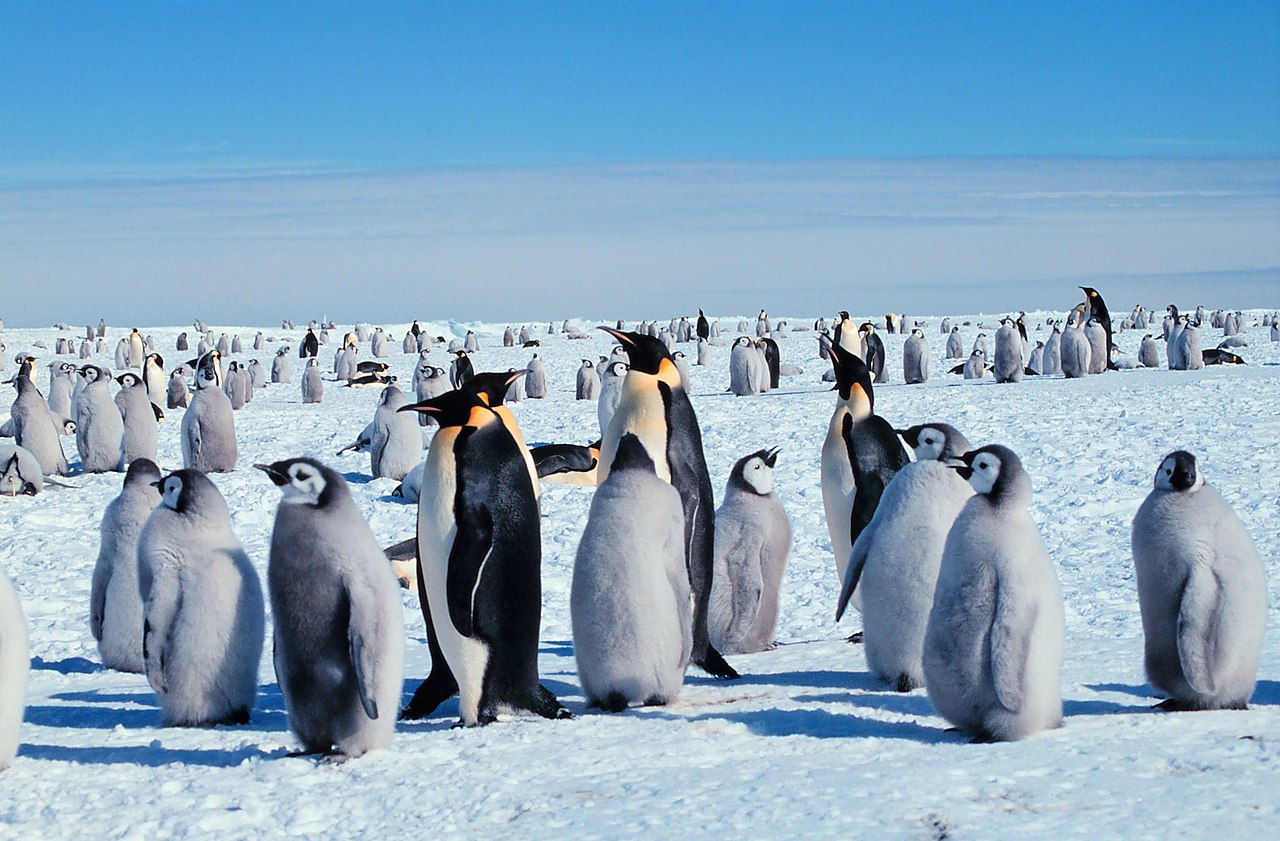New Emperor Penguin colonies found by satellite
Satellite imagery has helped discover four new Emperor Penguin colonies in Antarctica.
The discoveries bring the number of known nesting sites of the species to 66, prompting scientists to believe they now know the whereabouts of all the world's remaining breeding pairs.
Emperor Penguin colonies tend to be separated from each other by an average of 250 km and scientists have been using satellites to search the gaps in this spacing for birds they didn't know about. The colonies are traced by the staining their guano leaves on the ice – if birds are gathered in large enough numbers, the staining will be visible even from space

The discovery of four new Emperor Penguin colonies has come as welcome news to conservationists (Michael Van Woert).
New colonies are welcome news
The four new sites come as welcome news, even though they add only a few thousand extra individuals to what's estimated to be an overall population of about 550,000. The new colonies are reported in the journal Antarctic Science.
Dr Peter Fretwell from the British Antarctic Survey told BBC News: "It's good that even as Emperors are being affected by changing ice conditions, we're still finding colonies. But it's also clear these birds are going to have to be adaptable, to move around to new sites as those ice conditions continue to change, and we're seeing evidence of this."
At least one of the new colonies – named Lazarev North – is likely a grouping of birds that had to abandon a nearby site. The newly found Gipps colony, too, shows evidence in the satellite record of having shifted its position over time.
The two other locations, at Verleger Point and Vanhoeffen, appear to have had a more permanent history. Vanhoeffen was probably missed in previous searches because it is 30 km offshore, on fast ice that has developed around old icebergs which became stuck in shallow water.
Penguins threatened by climate change
Emperor Penguin is highly threatened by climate change, primarily due to changes in the extent and make-up of sea ice, on which the species depends.
In late 2022, a grim die-off of young birds was documented in the Antarctic, with as many as 10,000 thought to have perished. It was thought that the early break up of the ice meant the chicks hadn't yet fledged, and most drowned.

